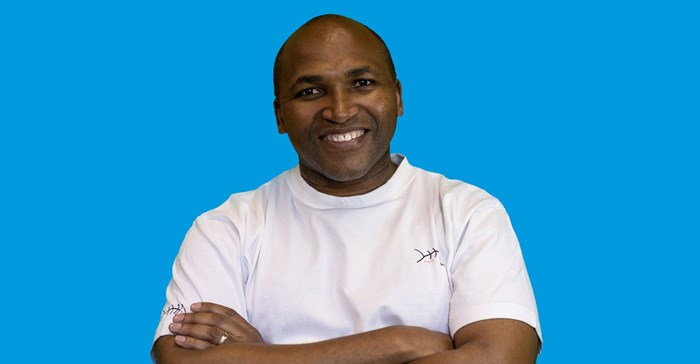Marketing & Media trends
Industry trends
BizTrends Sponsors
Trending
#BizTrends2024: The influencer gold rush - amping up budgets by 30%

What influencer marketing trends should South African businesses be aware of in 2024?
1. Harness South Africans’ love for screen time
Our nation's unique challenge of frequent load shedding has led to an unprecedented increase in screen time. According to the Digital 2023 Global Overview Report, South Africans between the ages of 16 and 64 spend the most time of any population in the world using the internet (nine hours and 38 minutes daily), far higher than the global average of six hours daily. Brands should meet South Africans where they are (glued to their screens) with short-form, engaging content that they can’t resist.
2. Obtain first-party data voluntarily
South Africa has stringent privacy laws, and sceptical consumers share less data voluntarily, making it increasingly difficult for brands to attain this crucial marketing data. However, with the rise of performance-based deals, it’s becoming more important for brands to gather as much data as possible about their audiences to drive data optimisation, effective targeting, and better conversion. That’s why theSALT has built a community of over 370,000 opted-in brand fans with a minimum of 70 data points per person, providing brands with the opportunity to resonate with the people who actually want to hear from them.
3. Ride the wave of shoppable commerce
Shoppable commerce will continue to grow in 2024, allowing users and followers to shop seamlessly from almost any platform. Shoppable content refers to digital material—be it images, videos, articles, or social media posts—that allows consumers to directly purchase featured products or services without leaving the content platform.
It seamlessly integrates the shopping experience into the content itself, enabling users to click on or interact with specific items within the content and proceed to make a purchase instantly. That’s why the Nfinity Media Group, in partnership with Live Shopping, is launching FrontSeat, a series of interactive live shopping experiences across a diverse range of verticals.
4. Leverage the power of affiliate/referral programmes
Built on high levels of social trust, affiliate and referral programmes offer an opportunity for consumers to earn some extra money in a tight economic climate. While people initially joined social media platforms for entertainment and social connection, they now use these channels to discover new products, make purchasing decisions, and buy directly.
What this means is that anyone with a voice online has the potential to influence purchase behaviour by sharing their opinions, preferences and experiences with their online community. Brands should look for ways to implement affiliate and referral programmes that leverage this social proof.
Taking these influencer-led trends into consideration, the question arises:
By how much should businesses amplify their influencer marketing budgets?
In my opinion, a 30% (at least) increase is not just an option; it's a necessity. The influencer marketing channel delivers superior ROI and has outperformed even the stalwart titan of Search in certain performance campaigns.
As 2024 draws near and budgets are finalised, the time to act is now. TheSALT stands ready with over a decade of experience to help your business harness the power of influencer marketing, connect to the right people, and get you a superior return on investment.













